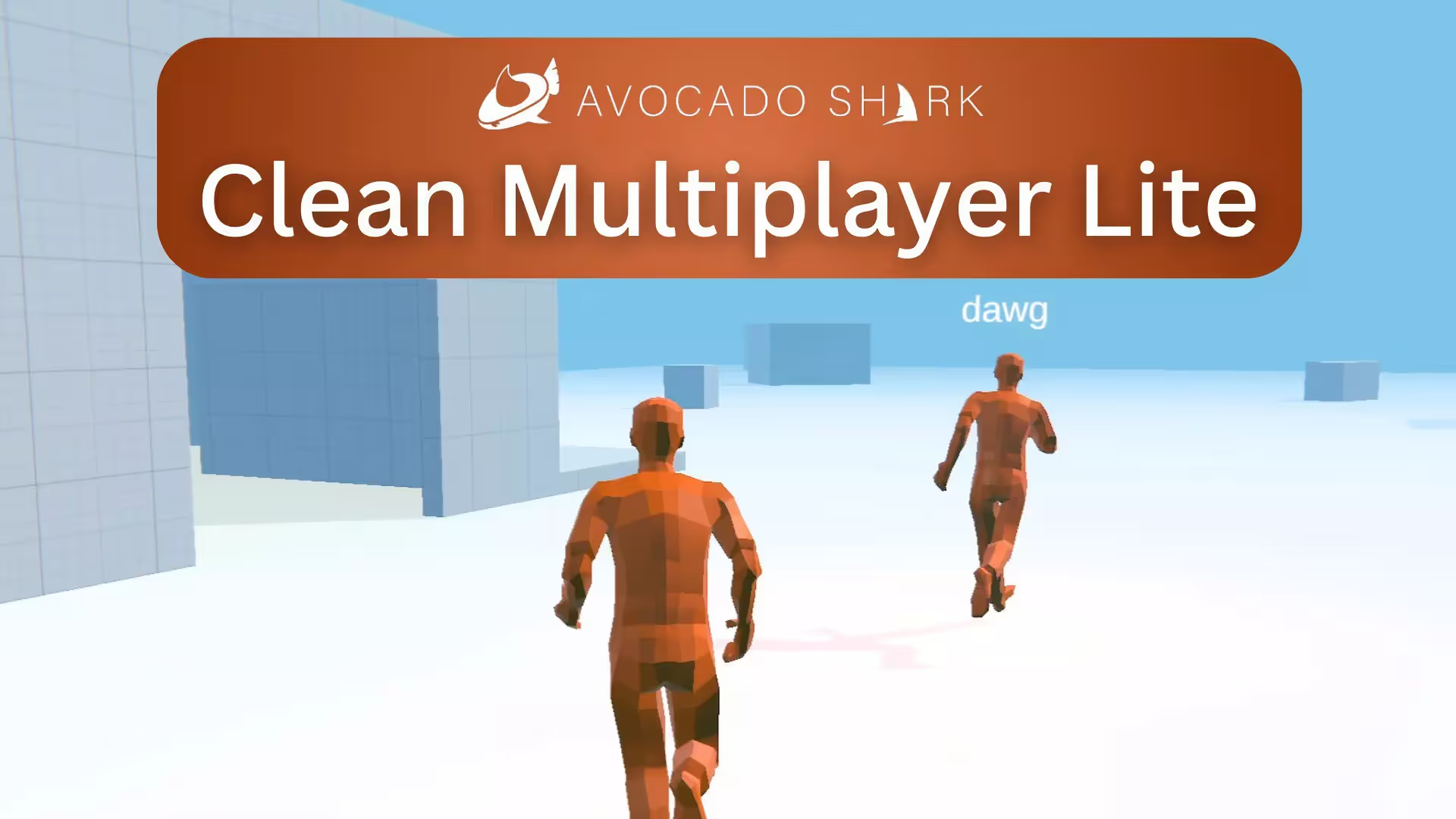Pricing Strategy for Indie Game Developers
As an indie game developer, pricing your game can be tricky, requiring extra research, reflection and experimentation. Pricing is especially hard when you can’t access expensive market research tools. However, setting the right price is crucial to the success of your game.
In this article, we’ll provide you with tips to help you determine the right price for your indie game if you’ve never done it before or even if you think that you don’t have time to think about it.
Research the competition
By now you should have a clear idea about who you’re building this game for and the similar games they might be interested in. In order to set the right price for your game, it’s important to analyze the pricing strategies of comparable games in the arena.
Take the time to research the market your audience is in to help you understand the market trends and determine what your target audience is willing to pay.
📄 Resources:
Conduct surveys
One effective way to determine the appropriate price for your product is to conduct surveys and collect feedback from your target audience. This information can provide valuable insights into what your audience is willing to pay.
However, it’s important to note that this method may not always be accurate, as people may not be willing to pay the same amount when actually faced with the decision to purchase. It’s important to test different pricing strategies and measure their impact on sales to find the optimal pricing approach for your product.
📄 Resources:
Determine your game’s value proposition
When setting a price for your game, it’s important to consider the development costs and the value of your work. Evaluate the game’s quality, perceived value, and market competition when deciding on a price point.
There are different pricing strategies that you can choose, such as premium pricing, competitive pricing, penetration pricing, or freemium pricing. Each strategy has its own advantages and disadvantages, so it’s crucial to weigh the pros and cons before making a final decision. Ultimately, the price you set should reflect the value your game offers to the consumer.
📄 Resources:
Factor in future discounts
The sad reality today is that Steam shoppers rarely buy games at full price. Steam’s algorithm is built around discounting, where a discount offer triggers an email to everyone who wishlisted the game, keeping it front of mind.
Indie game developers may think they can sell games at full price, but customers rarely remember them or their game. Therefore, it’s better to price games with a 20%-30% markup, knowing that they will mostly sell when discounted.
📄 Resources:
Consider your game’s complexity
The pricing strategy for video games differs significantly between big studios and indie game makers. While big studios tend to price their games based on their production budget and marketing costs, indie game makers often face a challenge when trying to price their games.
The most complex indie games can be just as expensive to produce as AA or AAA card games, yet they’re often priced lower due to a lack of recognition and marketing. Similarly, indie games that take a year to make are often priced similarly to those that take only a few months to make, which can make it difficult for indie game makers to stay afloat. That’s why it’s important to remember that your project is valuable and not to underprice your game.
📄 Resources:
Don’t underprice (or overprice) your game
A low price point may signal low quality, while overpricing may drive away potential players. That’s why it’s important to conduct a thorough market research to gauge what your target audience is willing to pay.
📄 Resources:
Regularly evaluate your pricing strategy
Pricing is not a one-time decision. To know that your pricing strategy is effective, it’s crucial to continuously evaluate it based on feedback from your community. By keeping track of your game’s performance, you can adapt your pricing strategy to meet market demands.
Experiment with different pricing models
Indie games are about experimentation. Regularly evaluate your pricing strategy and adjust it based on feedback from your customers
Pricing is not a one-time decision. Remember that as an indie game maker, you have the freedom to experiment. Try out different pricing models and see what works best for you. With the right pricing strategy, your game might be the next best thing, or better yet, profitable.
Best of luck!

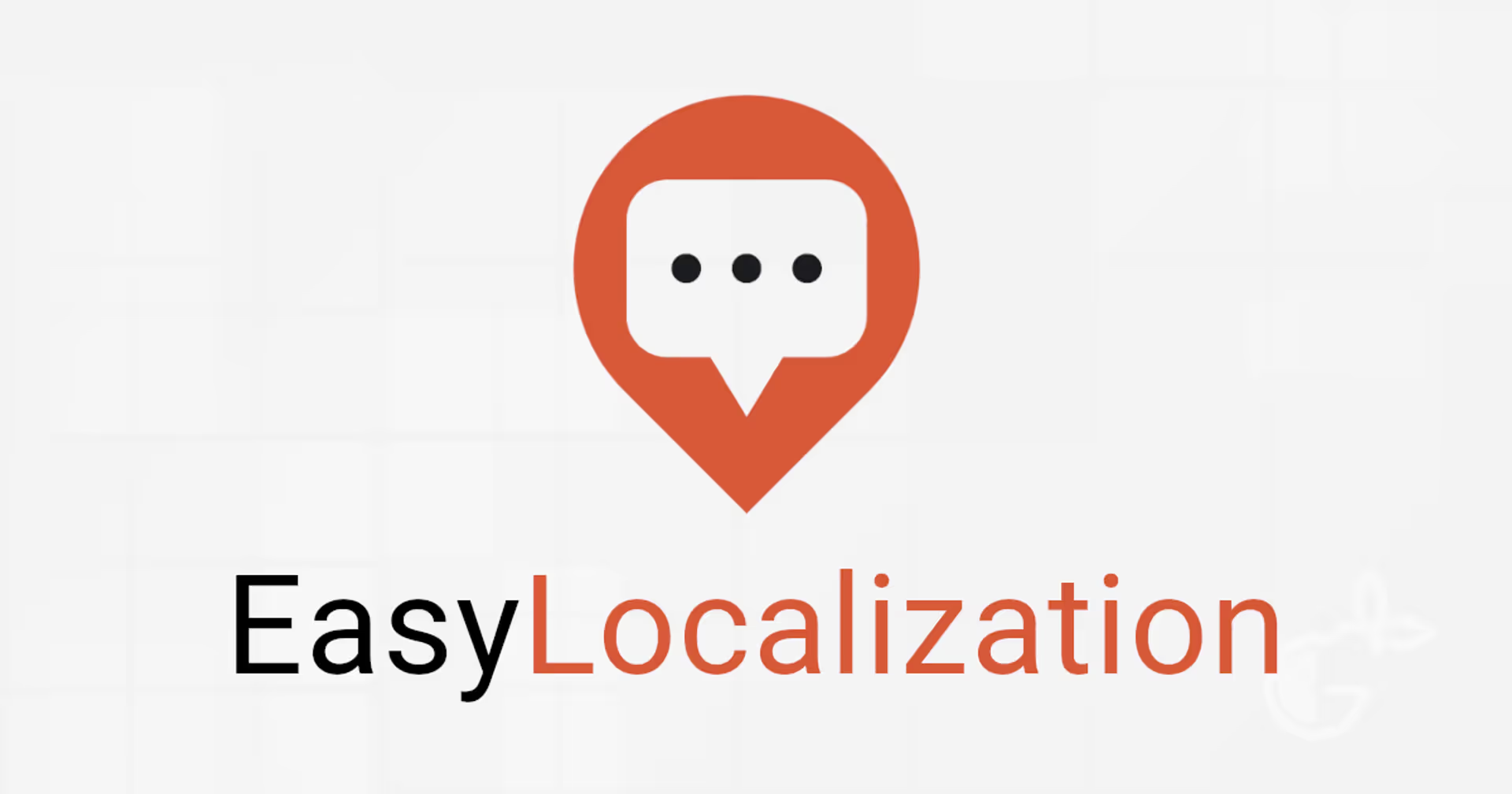


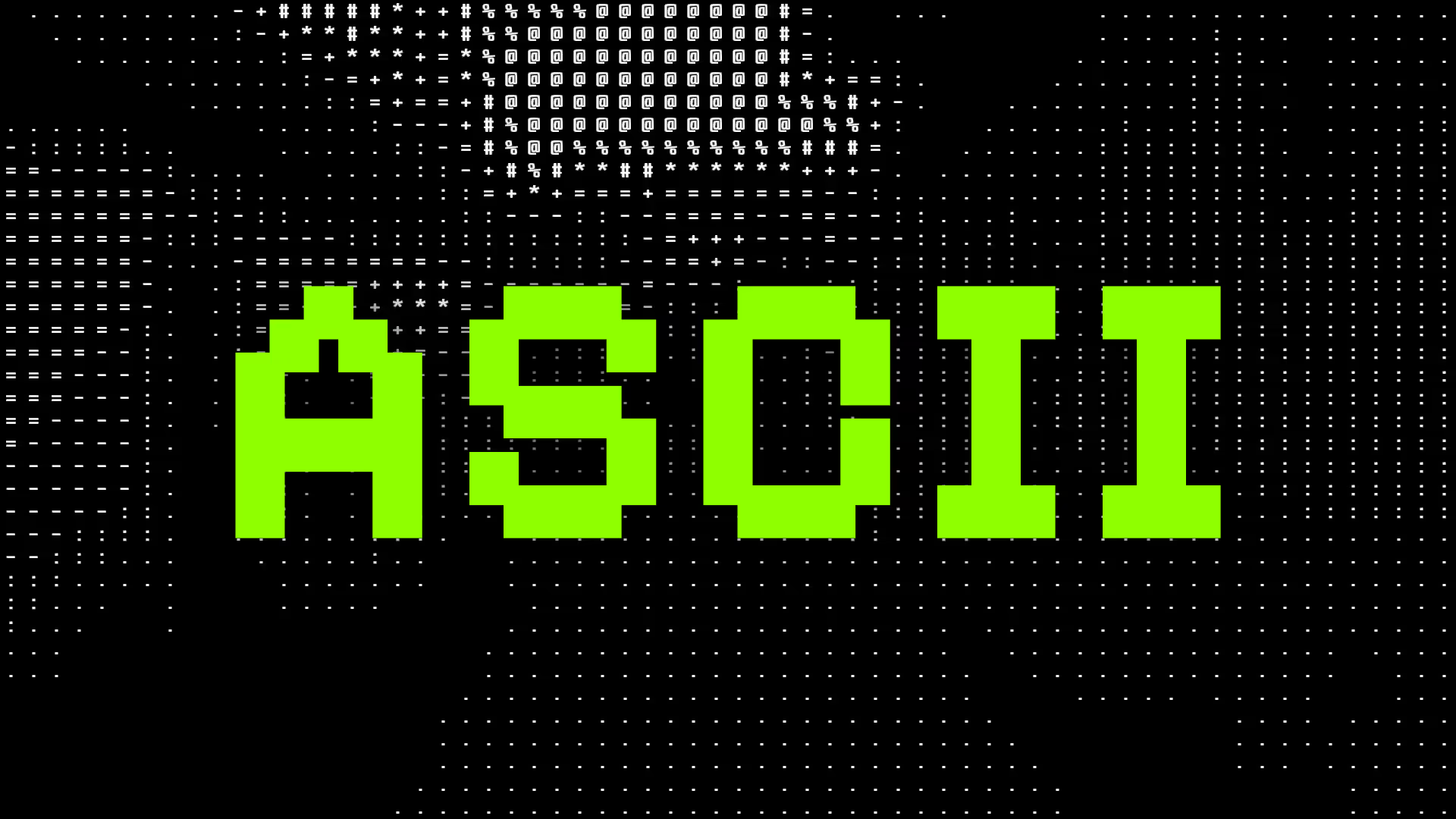
.avif)
.avif)

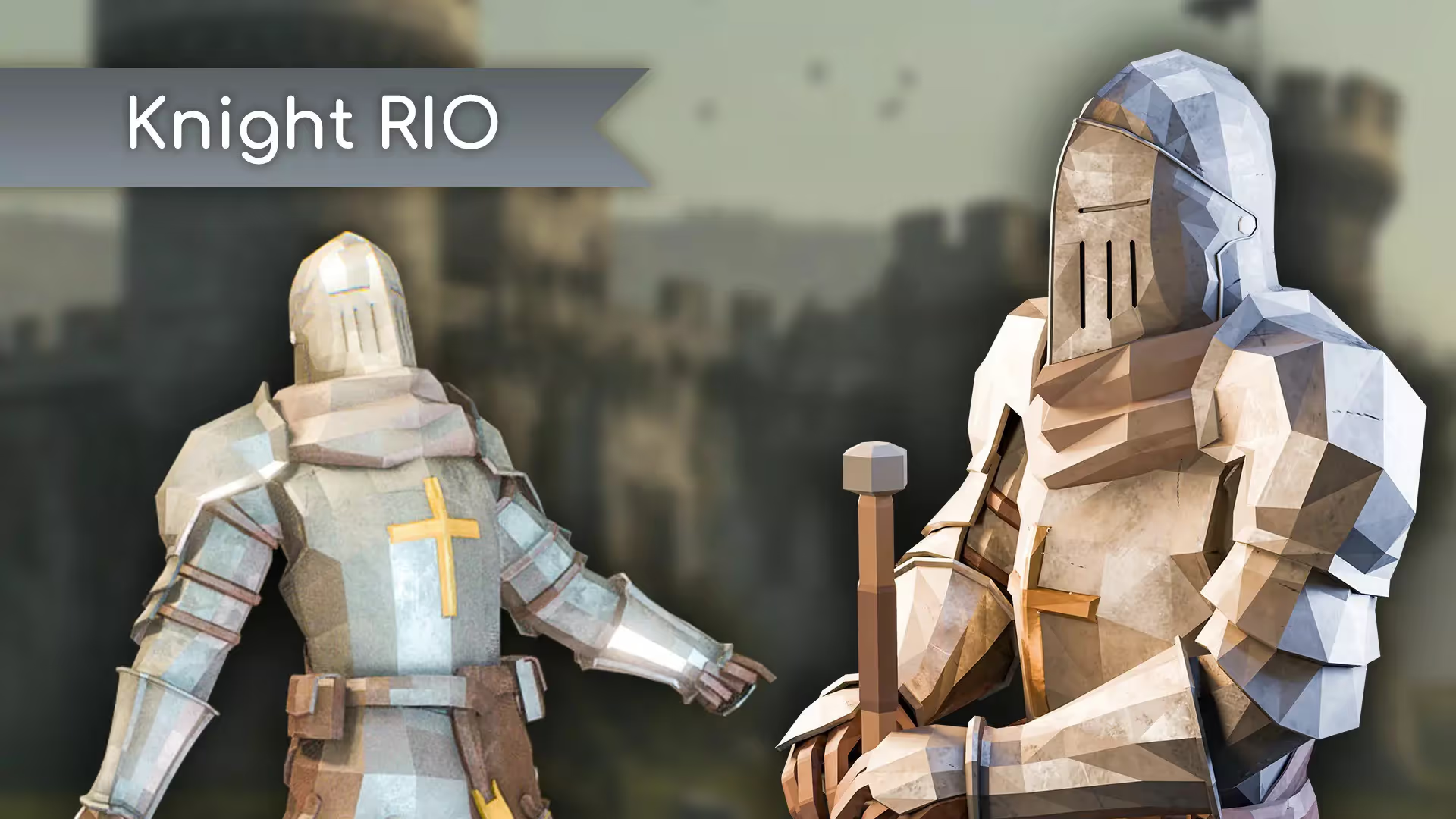

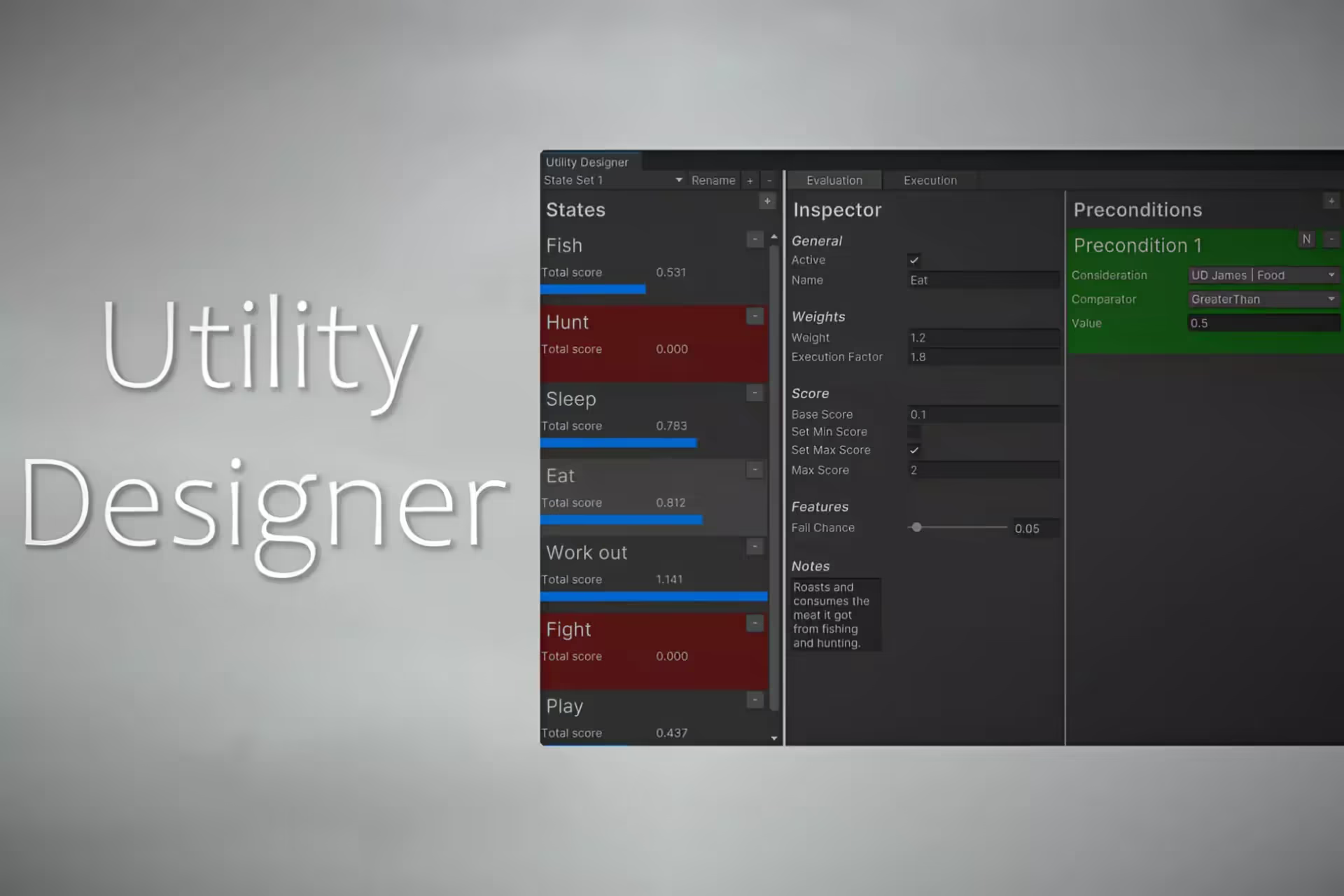

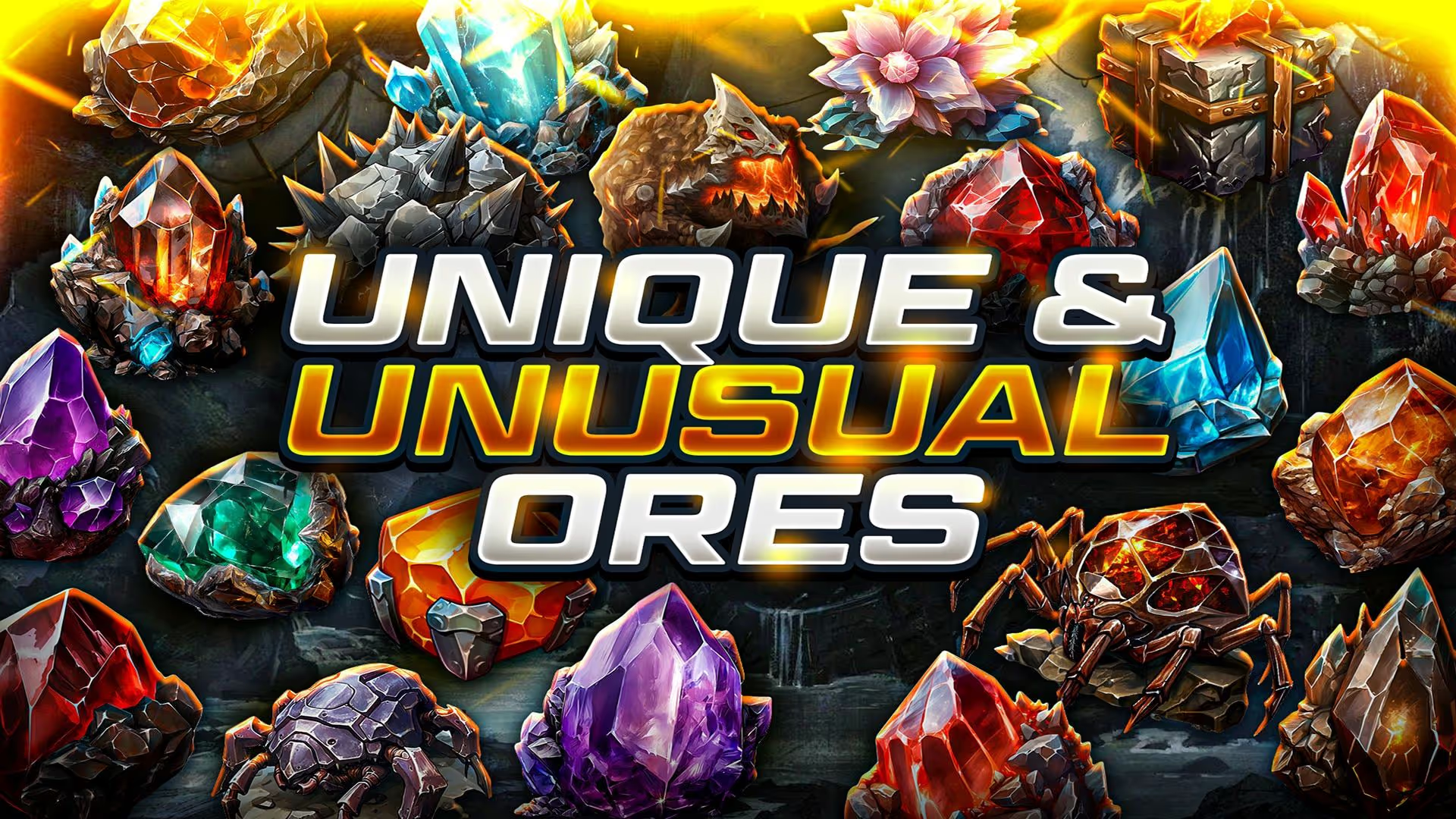
.avif)

.avif)
.avif)



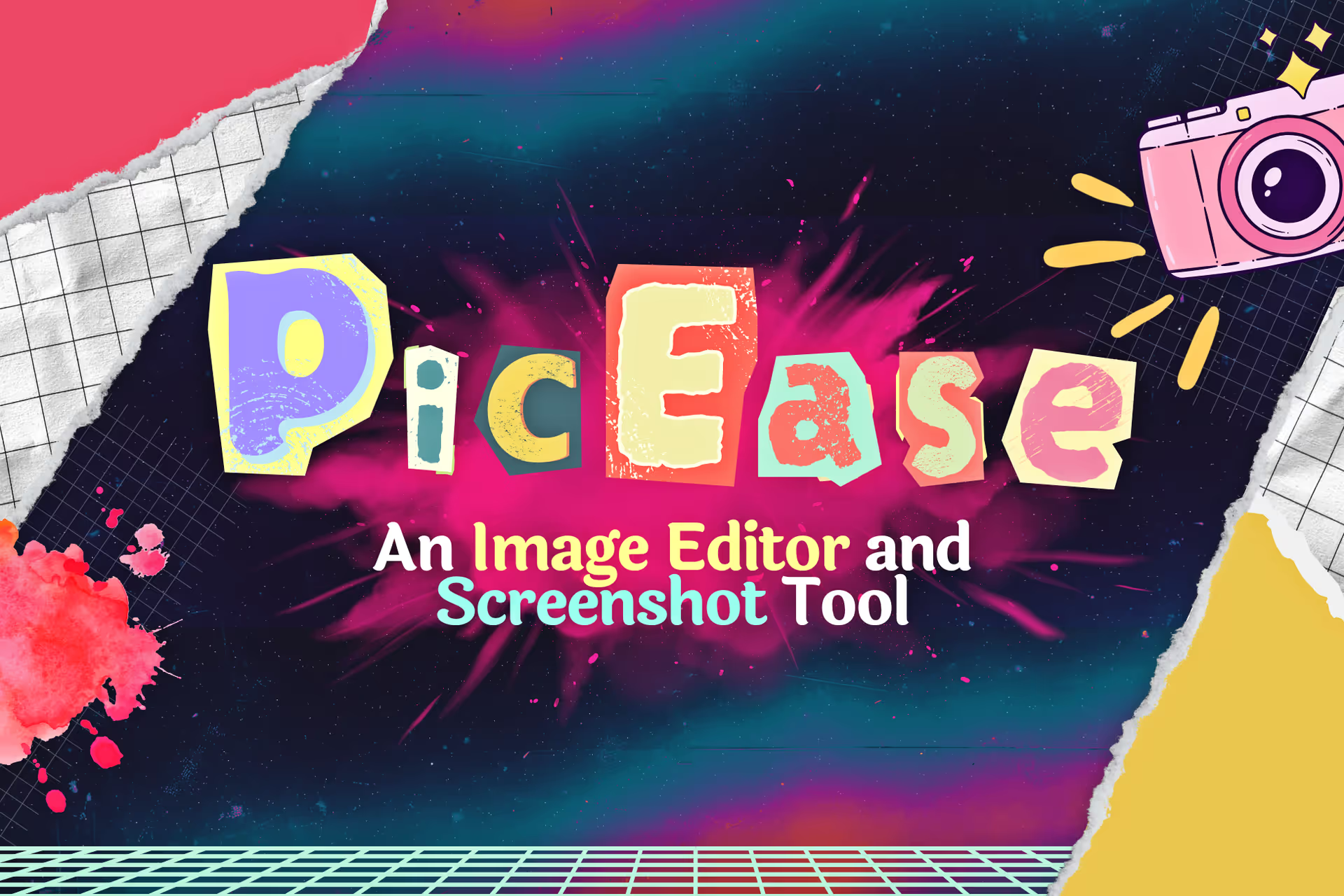
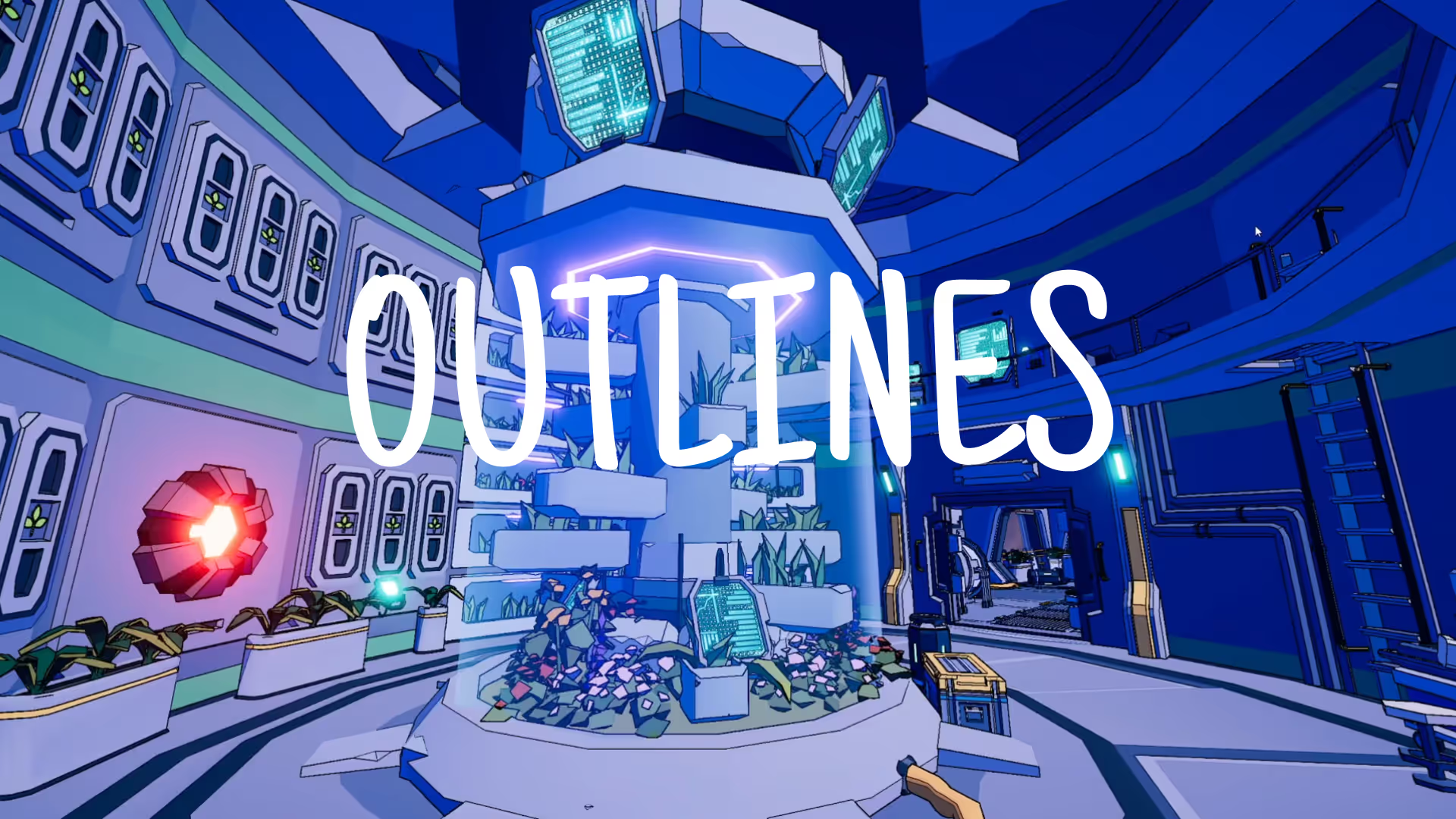
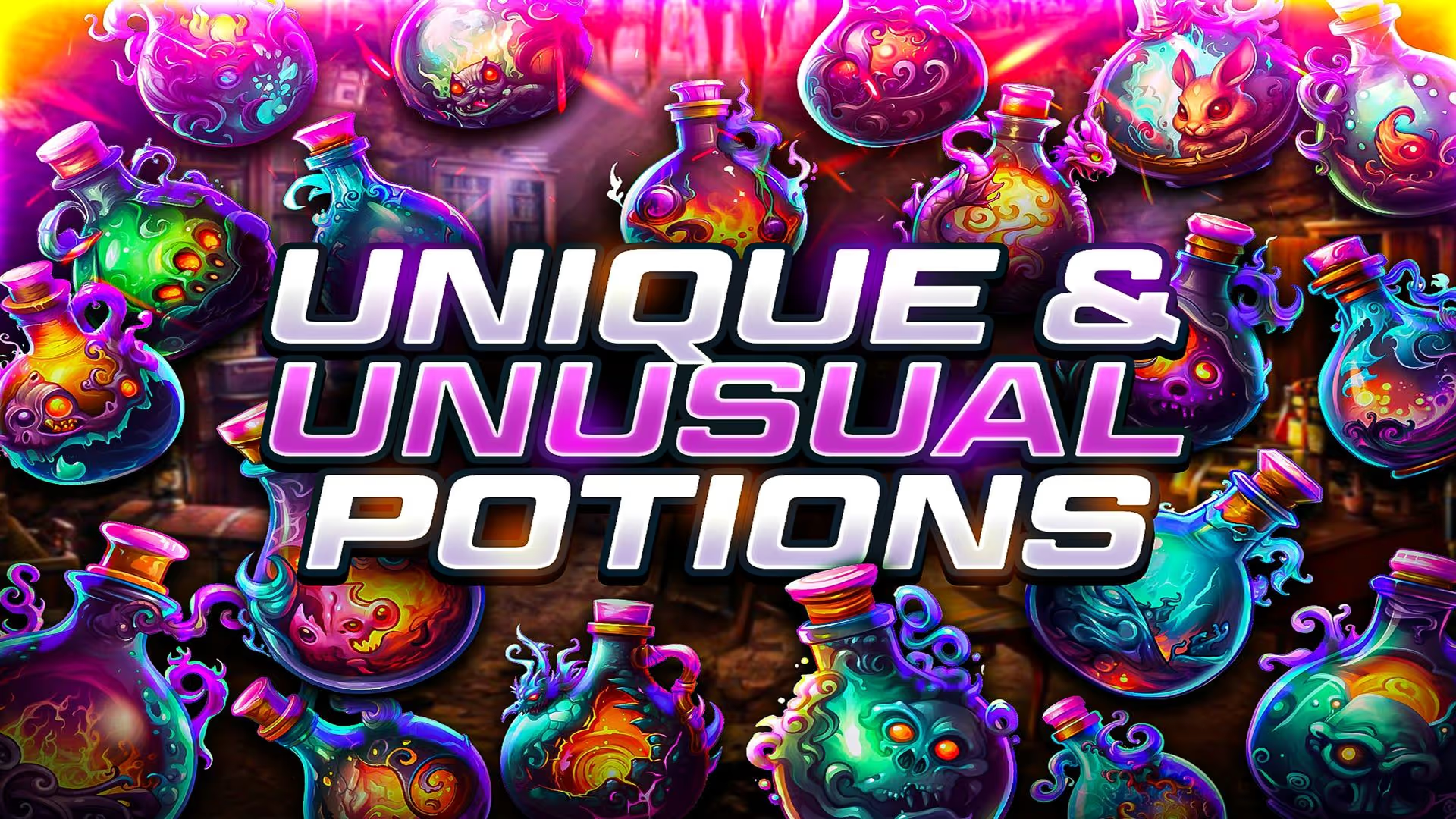

.avif)
.avif)
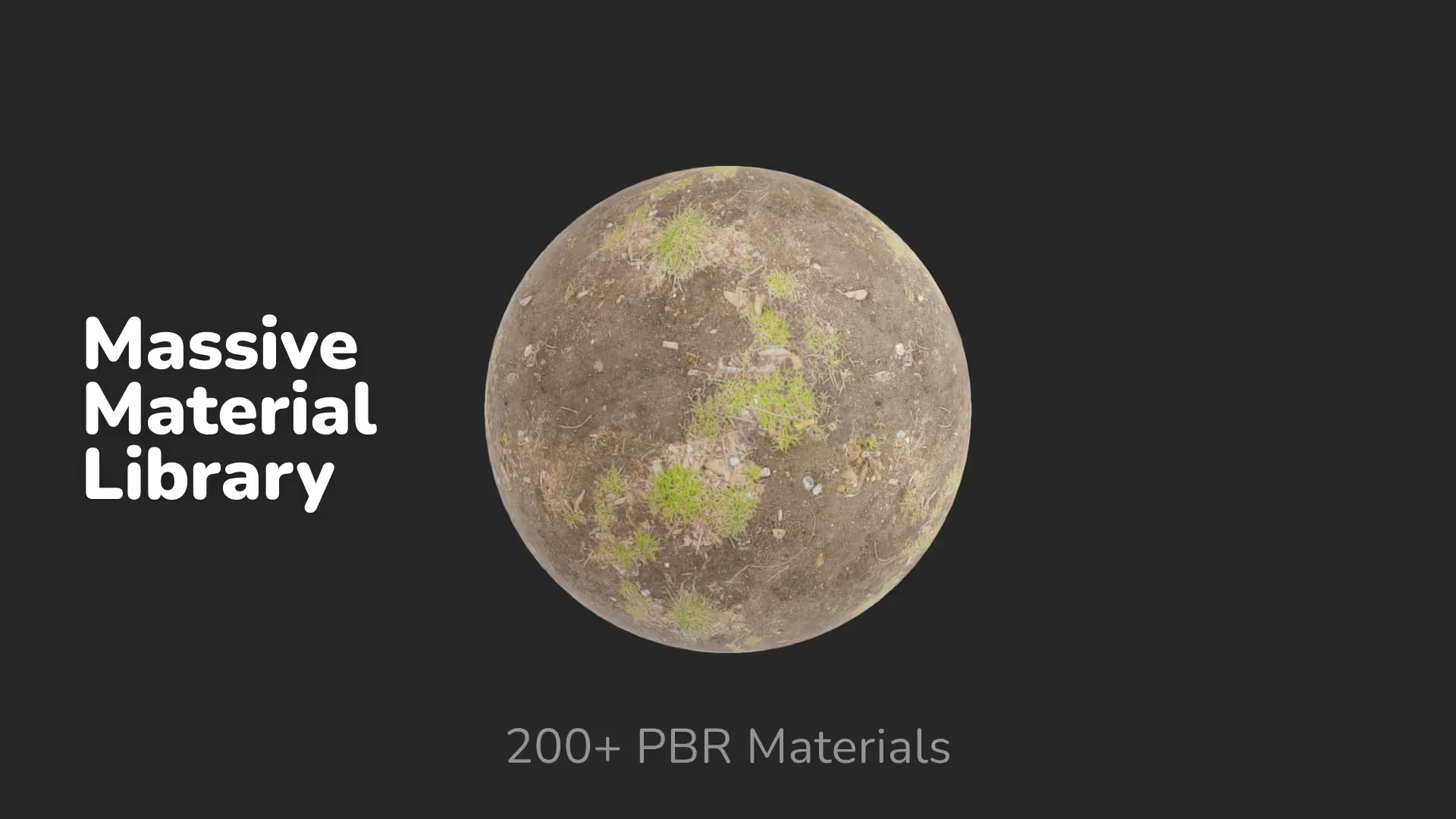

.avif)
